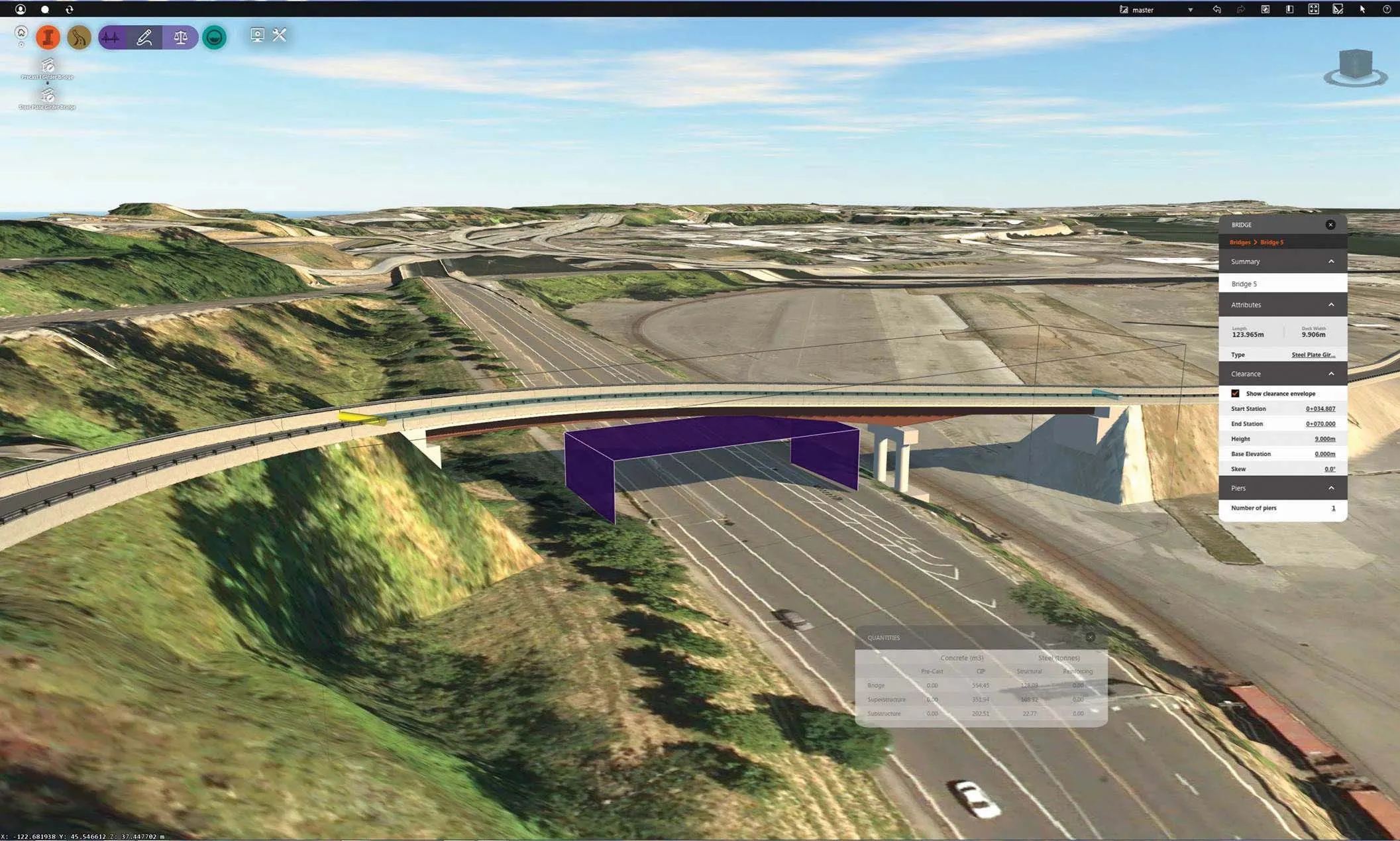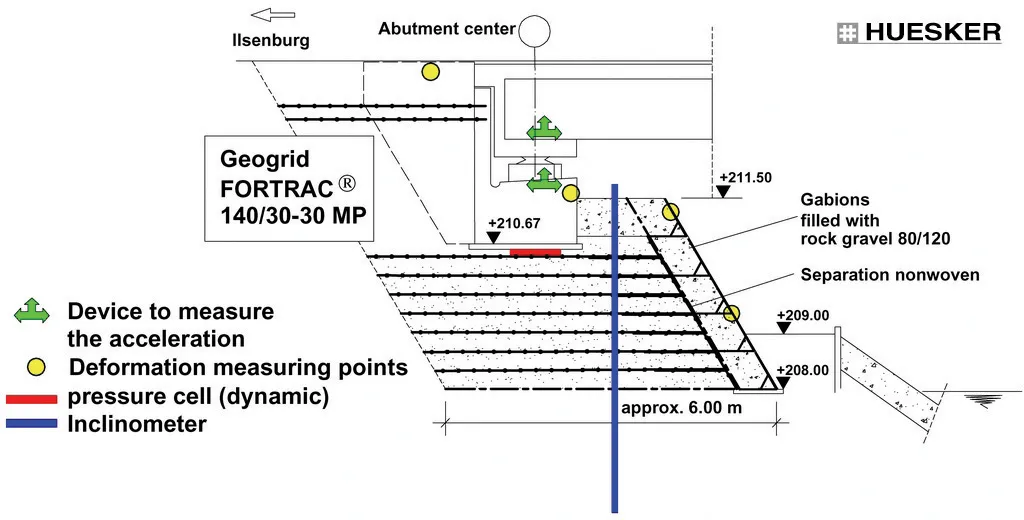
Construction software giant Autodesk continues to acquire new capacities
Even before its annual spring upgrade announcements, covering all the major software from
Some of these cover recent acquisitions such as the French Graitec software for detailing and design of concrete and steel structures, now through its legal processes, and the Bestech acquisition. In both cases the software is re-released under an Autodesk brand to ensure continuity for users "and with a price reduction," said Autodesk civil industry manager, Jack Strongitharm.
For the time being the Bestech bridge design program will now be known as Autodesk Structural Bridge Design, but both programs will be more closely integrated with other products in the coming period.
Further widening its spectrum, for the first time into traffic analysis and simulation, Autodesk also recently acquired Azalient Technology, another UK firm, which makes a microsimulation tool. Unusually this will not immediately be re-badged but will "go dark" to be worked on for part of background capabilities of the company's software portfolio, in the way that laser point cloud engines or other technologies have done.
One place it could re-emerge is as a module for traffic representation in the rapidly developing InfraWorks, which has gone from a relatively simple sketch-out tool in its first Infrastructure Modeler incarnation, to a major conceptual design tool.
The tool allows engineers to quickly explore ideas halfway towards detail design with finishing to detail level in a program like Autodesk Civil 3D. New versions are coming out quarterly at present and the latest has added to the specialist modules available. These include a road design module launched last year and now one for bridges which will drop a concrete or steel bridge into place in the 3D model with a few simple clicks.
Two new capacities in "preview mode" are available, one a new module, for drainage analysis which in its initial form will calculate catchment areas and also create road culverts for water courses across proposed road routes. Calculation is done in the cloud so an internet connection is needed.
The other is a development of the road module now allowing it to optimise horizontal alignments as well as vertical alignment, working according to input parameters and landscape features.
Overall, the aim is to achieve a very intuitive and simple to learn software, according to Strongitharm, to give users the capacity to quickly draw up 'what if" and planning scenarios. A major element this time is a new interface.
"The new release looks very different," he said, "and the appearance is now based on games technology, our own Scaleform, which is used in computer and console games. It gives greater flexibility to really enhance the 'in context' options and design parameters to the user.









